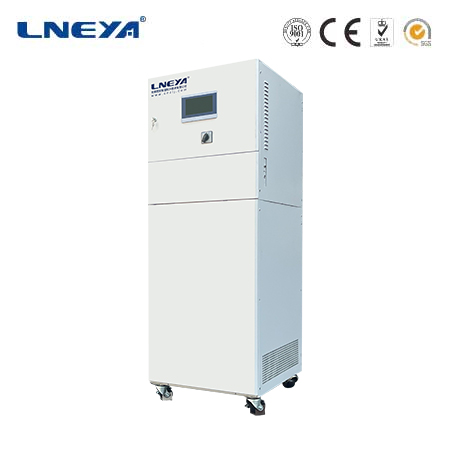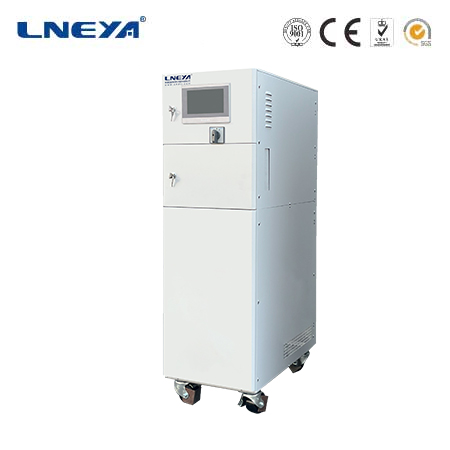heating and cooling controller
Heating and Cooling Controllers: Regulating Temperature for Comfort and Efficiency
Heating and cooling controllers are integral components of heating, ventilation, and air conditioning (HVAC) systems. These controllers manage the operation of heating and cooling elements to maintain a desired temperature within a building or a specific environment. The primary function of a heating and cooling controller is to ensure occupant comfort while optimizing energy efficiency.

How Heating and Cooling Controllers Work
Heating and cooling controllers operate by monitoring the temperature within a space and adjusting the flow of heating or cooling elements accordingly. When the temperature drops below the set point, the controller activates the heating system. Conversely, when the temperature rises above the set point, the cooling system is engaged. Modern controllers use sensors and algorithms to make these adjustments automatically, ensuring consistent temperature control.
Advancements in Heating and Cooling Controllers
Recent advancements in heating and cooling controllers include the integration of artificial intelligence (AI) and smart technology. AI-enabled controllers can learn from historical data and adapt to changing conditions, optimizing energy use and reducing waste. For example, AI can predict when a space will need heating or cooling based on factors such as occupancy, weather, and time of day.

Applications of Heating and Cooling Controllers
Heating and cooling controllers are used in a variety of applications, including:
Residential Buildings: In homes, these controllers help maintain a comfortable living environment while reducing energy bills.
Commercial Buildings: Offices, malls, and other commercial spaces use controllers to ensure consistent temperature control across large areas.
Industrial Processes: In manufacturing and other industries, controllers are crucial for maintaining the precise temperature conditions required for various processes.
Energy Efficiency and Environmental Impact
Heating and cooling controllers play a significant role in energy efficiency, as they can reduce the unnecessary operation of heating and cooling systems. By precisely controlling the temperature, these controllers help minimize energy consumption and lower greenhouse gas emissions. The integration of AI in HVAC systems has been shown to further enhance energy savings, provided that the hardware is upgraded to match the AI-assisted controls.

Market Trends and Future Outlook
The market for heating and cooling controllers is expected to grow due to increasing environmental concerns and the need for energy-efficient solutions. There is a trend towards integrating renewable energy sources with these systems, further enhancing their sustainability. Additionally, the development of AI and IoT technologies is expected to drive innovation in heating and cooling controllers, making them more intelligent and responsive to user needs.
Conclusion
Heating and cooling controllers are essential for maintaining comfort and efficiency in various settings. With the integration of AI and smart technology, these controllers are becoming more advanced, offering improved energy savings and environmental benefits. As the market continues to evolve, heating and cooling controllers will play a crucial role in meeting the demands for sustainable and efficient temperature control solutions.
Related recommendations
chiller machines
472Chiller Machines: A Comprehensive Guide Introduction to Chiller MachinesChiller machines, commonly known as chillers, are essential components of heating, ventilation, and air conditioning (HVA...
View detailsthermoelectric recirculating chiller
249Introduction to Thermoelectric Recirculating ChillersThermoelectric recirculating chillers are specialized cooling systems that play a crucial role in maintaining precise low - temperature condit...
View detailsheated circulating baths
381Heated Circulating Baths: A Comprehensive GuideIntroductionHeated circulating baths are specialized laboratory and industrial equipment designed to provide precise temperature control for various ...
View detailsthermostream price
151Thermostream Price: Factors, Ranges, and ConsiderationsThe cost of a thermostream system is a crucial aspect for anyone considering its implementation, whether for industrial, automotive, electro...
View details
 LNEYA Thermal Test Chillers
LNEYA Thermal Test Chillers






HelloPlease log in